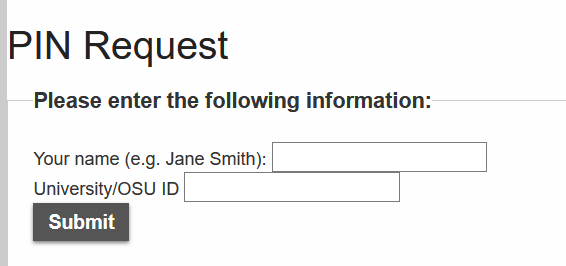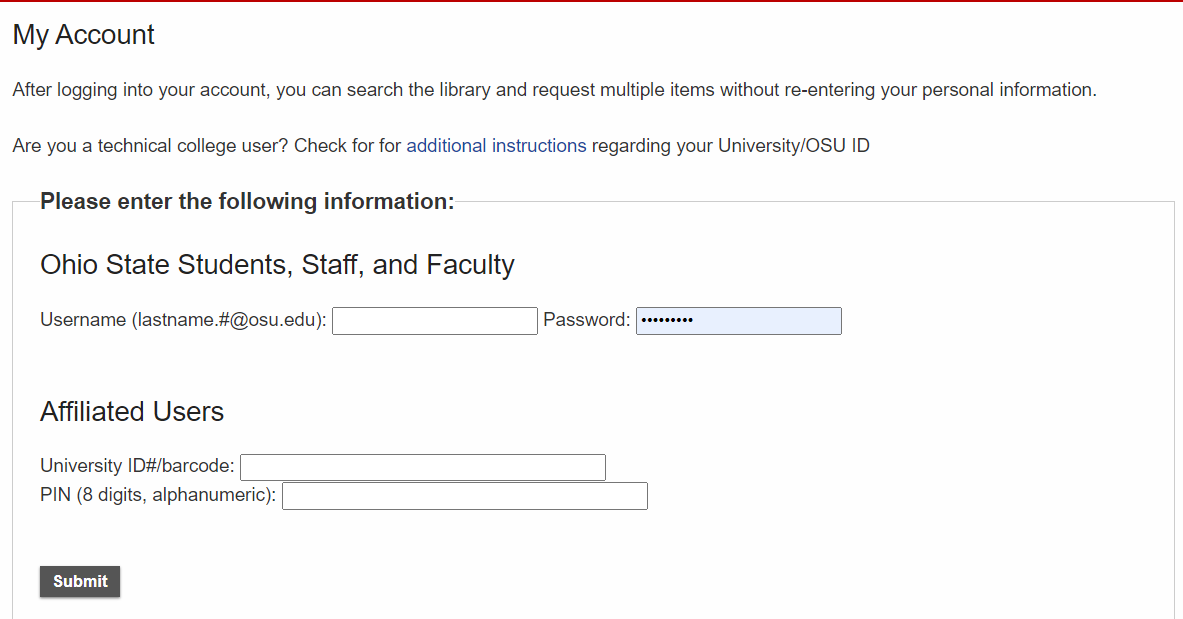Media Preservation and Digitization Principle ©2022 by Mike Casey is licensed under a Creative Commons Attribution ShareAlike 4.0 International License (CC-BY-SA 4.0)
Version 1.0 3/17/2022 URI: https://hdl.handle.net/2022/27446
 Overview
Overview
Mike Casey has assembled an audiovisual media preservation principles, policies and practices guide for Indiana University that can serve as a resource for other institutions regardless of size or type. He notes in the Introduction that, “The time period in which preservation action for media holdings is both possible and feasible is short…They are actively degrading, some catastrophically…subject to rapidly advancing obsolescence that results in the increasing scarcity of playback machines, parts, and expertise, among other issue [and] receive inadequate resources for the preservation tasks needed. This environment of degradation, obsolescence, and insufficient resources is deadly…To respond to the[se] issues…a set of general principles is needed to guide the development and implementation of preservation strategies and policies so that efficient, accurate, sustainable, and enduring work is supported.” He further suggests that principles are not enough to accomplish the task of preservation, “They must give rise to policies that determine actions to be taken in particular situations. Policies are enacted using specific practices. This gives us what we might call the three P’s of preservation planning and performance: principles, policies, and practices.” He splits the document into first or foundational principles,program-level guiding media preservation principles, and media digitization principles.
With the potential soon to re-engage in our audiovisual media preservation program at The Ohio State University Libraries, I would suggest this is a timely and fundamental read for all of those involved in media preservation from curatorial to technical services to information technology personnel, as well as University Libraries leadership.
First Principles
The first principles set a foundational understanding for the ensuing principles and are derived from basic tenet of the archival profession.
- First Principle A. Inherent Value: Time-based media content has inherent value as a primary information source for future uses.
- First Principle B. Protecting value: Recordings that are considered valuable must be protected from loss.
- First Principle C. Separation of Content from the Carrier: The content captured on a media recording via the recording process, not the carrier or the physical object itself, is the most valuable target for preservation
Program-Level Guiding Media Preservation Principles
Mr. Casey then sets out twelve guiding principles, arranged by title of the principle, which is followed by the statement of the principle and discussion of the principle. This may be followed by policies emerging from the principle, along with practices emerging from a policy and specific examples are identified. For my discussion, I am only including the “principles”.
- Principle 1: Taking Action
- “Active degradation and the rapidly advancing obsolescence of audio and video recordings require immediate, and ongoing, preservation action…Audio and video content may be lost if action is not taken now…Note that perfection may be virtually impossible to achieve…those engaged in preserving audio and video may not have the resources to collect and/or generate as much metadata as they would like. Again, this does not necessarily preclude undertaking solid preservation work…”
- Principle 2: Long Time Horizon
- “Media preservation requires a commitment to the long-term…long-term preservation is not a one-time endeavor, but an ongoing set of strategies actively applied throughout a preservation system over a very long period of time.”
- Principle 3: Timeliness
- “Media preservation requires timely intervention.”
- Principle 4: Priority
- “Media preservation actions are taken in order of priority…If the principle of timeliness suggests when an action (such as digitization) should take place with a group of recordings, then priority provides the criteria by which the specific time to take action is calculated…Assessment of value, combined with evaluation of condition and analysis of obsolescence”
- Principle 5: Primacy of the Unique and Original
- “Unique and/or original items receive highest priority.”
- Principle 6: Digitize or Transfer Once
- “Due to time and resource constraints, and the very large number of recordings in need of preservation, it is highly desirable to digitize analog recordings or transfer physical digital recordings to digital files just once.”
- Principle 7: Accuracy, Faithful Reproduction, and Integrity
- “The products of preservation work must be as accurate as possible, representing the source recordings faithfully and with the highest level of integrity.”
- Principle 8: Standards and Best Practices
- “Standards and best practices help media preservation programs ensure that preservation work is high quality, sustainable, interoperable, accurate, and consistent.
- I personally prefer the notion of “good enough” practices, as best practices are subjective, nor necessarily codified or agreed upon. Especially with limited human and fiscal resources, we do what we can do , which can be good if not necessarily the best.
- I particularly liked the inclusion of Policy 8.2, which states the requirement for “Written documentation of the choices made along with appropriate reasoning is provided when preservation decisions, services, workflows, and procedures deviate from, or do not make use of, standards and best practices.”
- Principle 9: Preservation and Access
- “Preservation and access are interdependent and equally important for media collections with value for future use.”
- I would suggest this principle should actually be part of the First Principles, possibly even the number one principle. If there is no intent or ability to provide access, what is the point of preservation?
- Principle 10: Knowledge and Expertise
- “Successful media preservation requires knowledge and expertise from a range of disciplines.”
- Principle 11: Efficiency
- “Due to time and resource constraints, media preservation actions must be delivered as efficiently as possible.”
- This principle is near and dear to my heart, in light of the work we have been doing at Ohio State in regards to documenting our workflows to gain a better understanding of what we do and how we do it, with the intent of improving and creating more efficient and transparent workflows.
- Principle 12: Redundancy
- “Managed multiple copies decrease the risk of loss by lessening the dependency on any single copy’
Media Digitization Principles
Mr. Casey finishes up with four additional principles that are more narrowly focused on the digitization of media.
- Principle 13: Beneficial and Harmful Results
- “Preservation is best served by weighing the potential benefits of an action against the risk of harm.”
- Principle 14: Accuracy and Completeness
- “Many future uses of digitized media recordings require that preservation master files and metadata documents represent source recordings as accurately and completely as possible.”
- Principle 15: Arbitrary Judgment Calls
- “Workflow components that rely upon personal opinion or interpretation represent potential weak links in the preservation chain and require mitigation and/or additional analysis and documentation.”
- Principle 16: Trust
- “The workflows and equipment used in media digitization operations engaged in preservation work, and the products of these operations, cannot be trusted by themselves to meet established specifications.”










 The Special Collections Registry (SCR) user interface changes have been completed and placed on a demonstration server. A second round of User Experience(UX) confirmed many of our changes and suggest a few more minor ones. We are planning a
The Special Collections Registry (SCR) user interface changes have been completed and placed on a demonstration server. A second round of User Experience(UX) confirmed many of our changes and suggest a few more minor ones. We are planning a  We have been actively maintaining our Drupal site and adding a few new features: allowing staff to expand their job titles into versions more readable than the HR system version and a Digital Exhibits content type. We also pushed the
We have been actively maintaining our Drupal site and adding a few new features: allowing staff to expand their job titles into versions more readable than the HR system version and a Digital Exhibits content type. We also pushed the  Along with our regular maintenance, upgrade, and troubleshooting work, we
Along with our regular maintenance, upgrade, and troubleshooting work, we This final quarter of 2020 was focused on several large projects continuing towards completion. SCR2020 and DC (below) are both expected to be ready for testing and deploy in the next quarter.
This final quarter of 2020 was focused on several large projects continuing towards completion. SCR2020 and DC (below) are both expected to be ready for testing and deploy in the next quarter. It was a challenging year for everyone. Our team remained on stand-by to assist in the Libraries’ response to the pandemic. At the same time, we were able to achieve significant milestones in the multi-year initiative to expand and refine the Libraries’ digital library functionalities and infrastructure.
It was a challenging year for everyone. Our team remained on stand-by to assist in the Libraries’ response to the pandemic. At the same time, we were able to achieve significant milestones in the multi-year initiative to expand and refine the Libraries’ digital library functionalities and infrastructure.